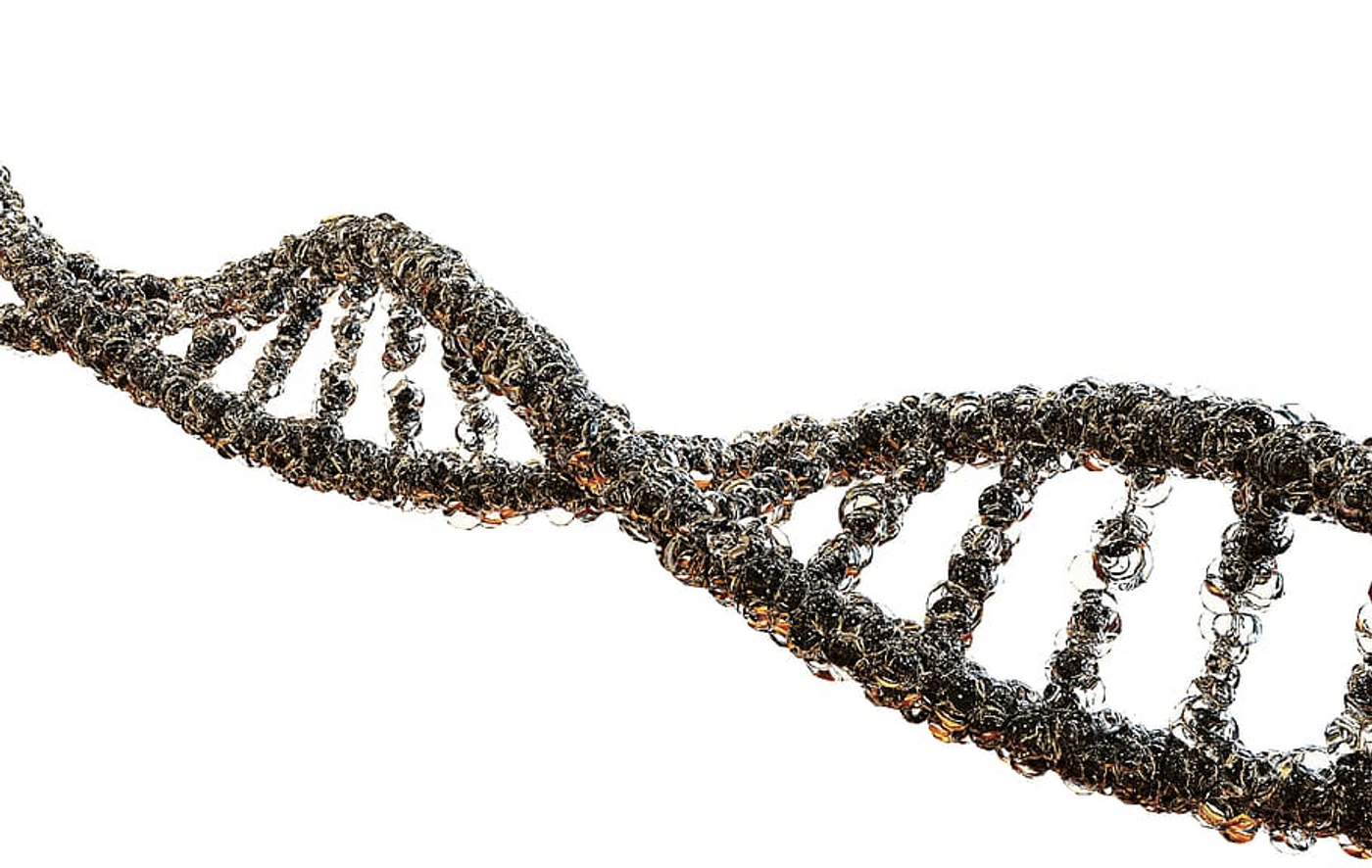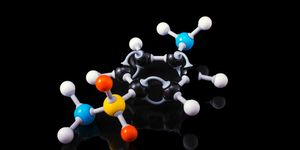Liposomes Potentially Safer Alternative to Viruses for CRISPR Delivery
To repair disease-causing errors in the genome, gene editing reagents like those used in CRISPR-Cas9 first have to reach the DNA in the nucleus of cells. This is typically accomplished by using a benign virus to deliver the enzyme and guide-RNA molecules that are needed in the CRISPR-Cas9 technique.
Scientists may have now found a better way to get CRISPR-Cas9 where it needs to be to have a therapeutic impact. Reporting in ACS Applied Materials and Interfaces, researchers found that small biological vesicles called liposomes can act as an efficient delivery system for CRISPR-Cas9; liposomes can take the reagents into cells, and they can be activated to release the contents with light. This may be a safer way to use CRISPR as a therapeutic, but that remains to be determined.
In this work, the researchers showed that in cells growing in culture and animal models, liposomes work as a CRISPR-delivery system, and can target specific sites in the body.
"Liposomes are already well established as an extremely effective drug-delivery system," said lead study author Dr. Wei Deng. "These 'bubbles' are relatively simple to prepare, can be filled with appropriate medication, and then injected into the body."
Liposomes are made up of fat molecules that form a sphere. They were able to take CRISPR to a specific place, and in a way that the researchers think is far safer than viruses.
"The traditional delivery vehicle of CRISPR is based on viruses, but they create their own problems because it is difficult to predict the reaction of patients to the viruses," Deng said.
While liposomes can take CRISPR reagents to the right place, they also have to be there at the right time. The researchers found they could use light as a tool to make that happen. Light can trigger the release of these contents up to one centimeter below the skin's surface.
"Unlike the traditional liposome-based delivery systems, our liposomes can be 'turned on' under light illumination," Deng said. "When light is shone onto the liposomes, they can be disrupted at once, immediately releasing the entire payload."
If CRISPR is meant to target something deeper in the body, as some tumors would be, X-rays might achieve the same effect. Deng is learning more about that approach.
"We fully expect that we will be able to carry out X-ray triggering of CRISPR delivery in deep tissue at depths greater than one centimeter," she said. "Our past research has already indicated that liposomes can be triggered by X-rays.
"By using X-ray instead of light we also need to find a proper animal model that might translate to using this technology for something like breast cancer treatment. So we're looking for collaborators who have this sort of expertise.
"CRISPR technology has created a very promising tool for developing new targeted, gene, and cell-based therapies. Its outcomes would largely increase with the desired delivery system, and in this context, our findings may provide such a system," concluded Deng.
Sources: AAAS/Eurekalert! via University of New South Wales, ACS Applied Materials & Interfaces









